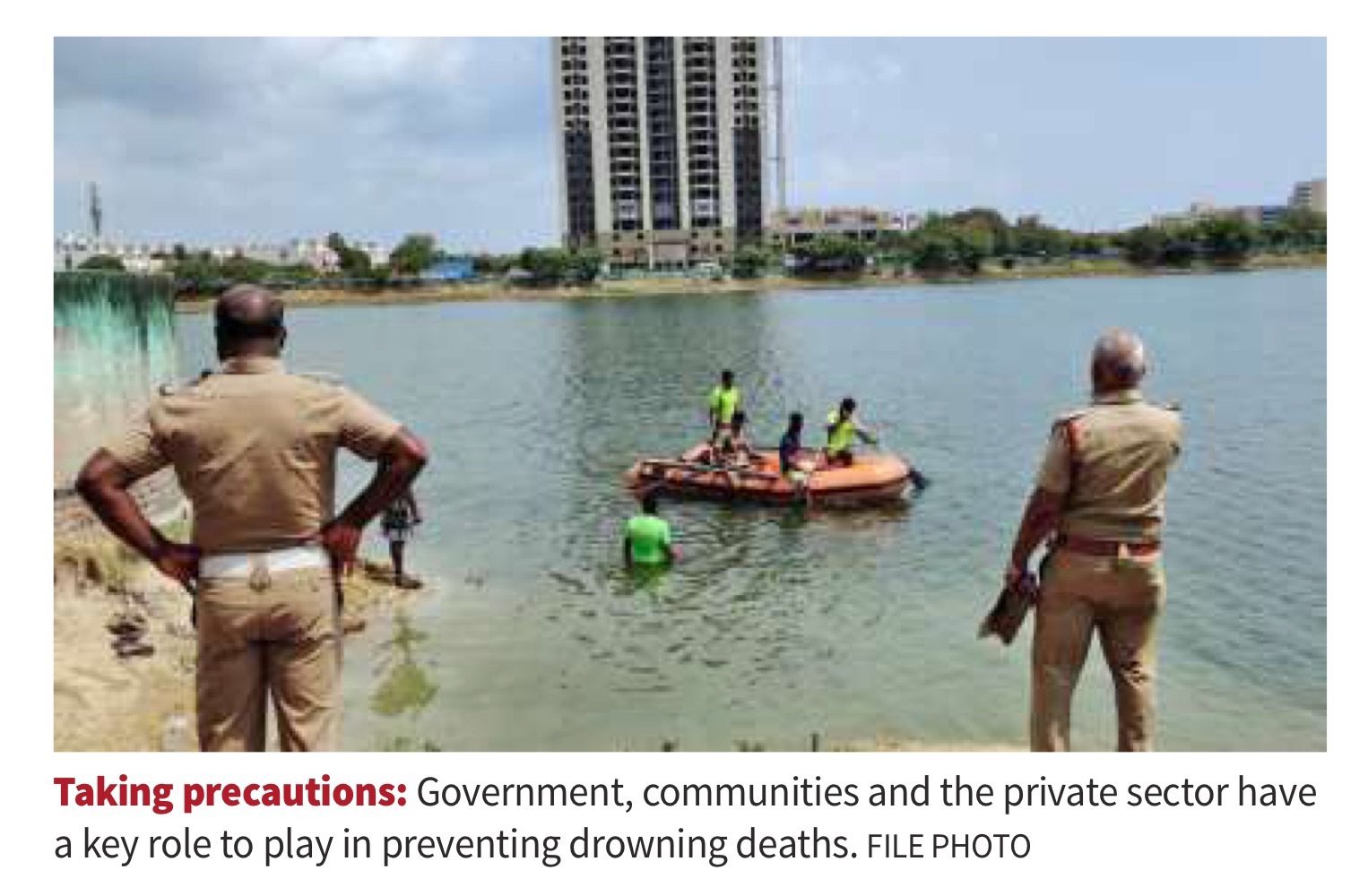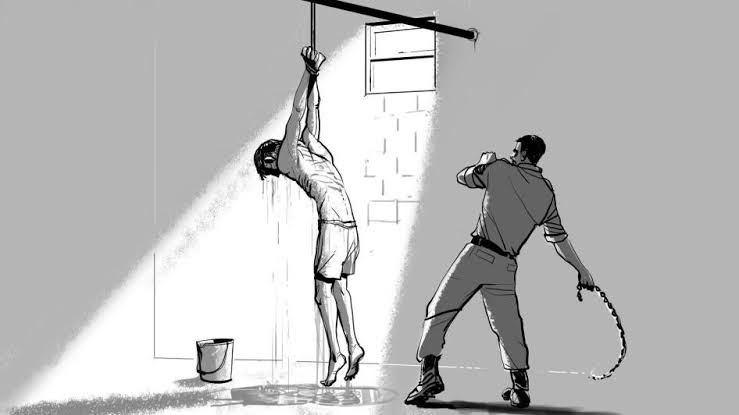
On World Drowning Prevention Day, the article stresses that drowning prevention must become a policy priority, especially in the context of increasing climate-induced floods and poor urban design.
A tragic example cited is the death of a 4-year-old girl in Tamil Nadu due to an uncovered deep water tank at a kindergarten, highlighting how unsafe public spaces — including schools, roads, parks, and homes — pose daily drowning risks, especially for children.
🔸 Key facts & expert insights:
One-third of all drowning deaths occur in the 0–14 age group. Risks are higher for children due to lack of supervision, unsafe infrastructure, and poor swimming skills. From 2011 to 2020, floods in India claimed 1,500 lives annually. Climate change is worsening urban flooding and turning water pits into deadly traps. Poorly maintained infrastructure — open tanks, unfenced pools, uncovered drains — amplifies risk. Urban planning often ignores safety in favor of design, lacking pedestrian protection and child safety features. WHO and NDMA acknowledge the issue, but India lacks strong implementation for urban flood-related drowning prevention.
🔹 Recommendations:
Design cities with flood resilience in mind, not just aesthetics. Improve maintenance, monitoring, and safety protocols in public and private spaces. Involve communities and private sector in ensuring safety and facility upkeep. Increase awareness among first responders and public. Make urban flood preparedness part of Smart Cities and urban development missions.
📝 UPSC Mains GS Paper 2 / 3 Question:
Q. “In the context of increasing climate-induced urban flooding, drowning prevention must become a public safety priority in India.” Critically examine the institutional, infrastructural, and policy gaps in addressing drowning deaths, and suggest measures to build flood-resilient and safer urban spaces.











